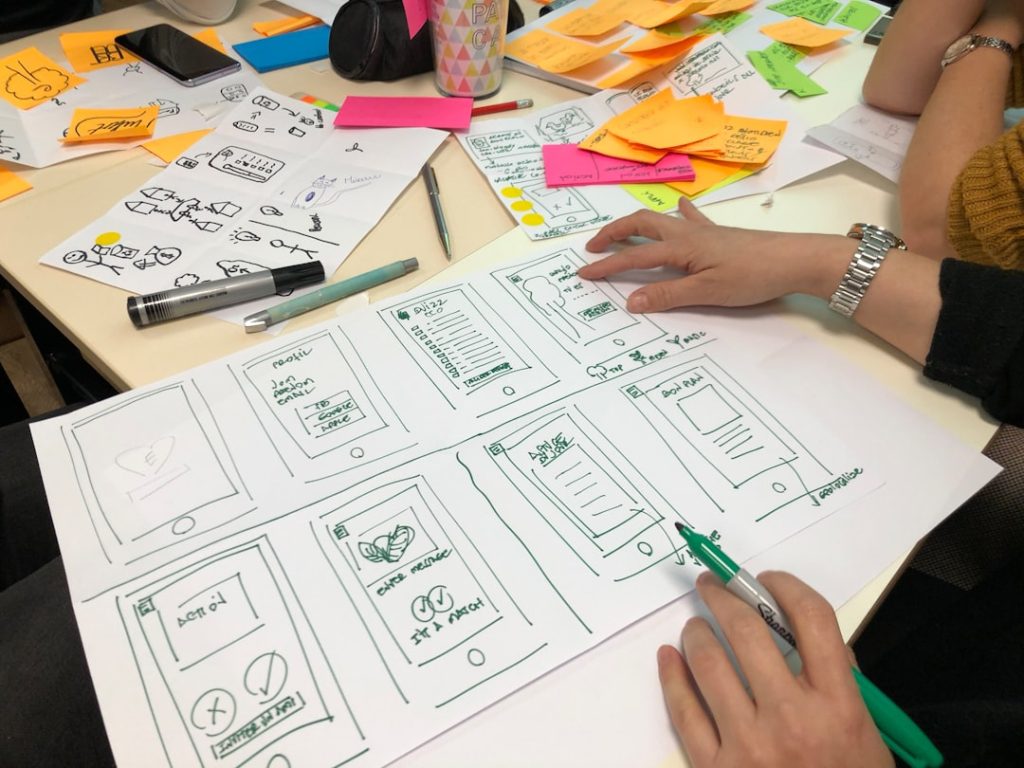In today’s digital world, having a strong online presence is crucial, especially for students. A personal digital brand isn’t just about having a social media profile; it’s about crafting a professional image that can open doors to opportunities. Let’s explore how students can build a personal digital brand that sets them apart.
Why Build a Personal Digital Brand as a Student?
Think of your digital brand as your online reputation. It’s what people see when they Google you, and it can significantly influence their perception of you. For students, this is especially important because:
- Career Opportunities: Many employers now research candidates online. A well-crafted digital brand can showcase your skills and experience, making you a more attractive candidate.
- Networking: Building a brand allows you to connect with professionals in your field, opening doors for mentorship and collaboration.
- Personal Growth: Developing a digital brand helps you identify your strengths and interests, leading to increased self-awareness and confidence.
- Scholarships and Admissions: A compelling online presence can strengthen your applications for scholarships and higher education programs.
Steps to Building Your Personal Digital Brand
1. Define Your Brand
Before you start posting, ask yourself: What do you want to be known for? What are your passions and skills? Your brand should reflect your authentic self and your career aspirations. Are you an aspiring writer, coder, or environmental scientist? Define your niche.
2. Choose Your Platforms Wisely
You don’t need to be everywhere. Select a few platforms that align with your goals. LinkedIn is excellent for professional networking, while platforms like Medium can showcase your writing. If you’re a visual person, Instagram or Behance might be a good fit.
3. Create Consistent Content
Consistency is key. Regularly post content that is relevant to your brand. Share your thoughts on industry news, showcase your projects, or create tutorials. Use high-quality images and videos to make your content stand out.
Example: If you’re interested in marketing, you could share articles you find interesting with your own commentary, create a blog post summarizing a marketing conference you attended, or even create short videos explaining marketing concepts.
4. Engage with Your Audience
Building a digital brand is a two-way street. Respond to comments, participate in discussions, and connect with other professionals in your field. Engagement shows that you’re active and interested in building relationships.
5. Optimize Your Profiles
Make sure your profiles are complete and professional. Use a professional-looking photo, write a compelling bio, and highlight your skills and experience. Use relevant keywords to help people find you in search results.
Example: On LinkedIn, a student studying computer science might include keywords like “Python,” “Java,” “Machine Learning,” and “Data Analysis” in their profile.
6. Showcase Your Work
Don’t just talk about your skills; show them off. Create a portfolio website or use platforms like GitHub (for code) or Behance (for design) to showcase your projects. This provides concrete evidence of your abilities.
Real-World Example: Maria, a student interested in graphic design, created an online portfolio showcasing her design projects. She shared the link on her LinkedIn profile and during job interviews. This helped her land an internship at a top design firm.
7. Be Professional
Remember, everything you post online is public and can be seen by potential employers. Avoid posting anything that could be considered offensive or unprofessional. Maintain a positive and respectful tone in your interactions.
8. Monitor Your Online Reputation
Regularly Google yourself to see what information is available about you online. This will help you identify any negative content and take steps to address it. You can also use tools like Google Alerts to monitor mentions of your name or brand.
Mistakes to Avoid
- Inconsistent Branding: Using different names or profiles across platforms can confuse your audience.
- Ignoring Privacy Settings: Make sure your privacy settings are adjusted to control who can see your content.
- Engaging in Online Arguments: Avoid getting into heated debates or arguments online, as this can damage your reputation.
- Not Updating Your Profiles: Keep your profiles up-to-date with your latest skills, experience, and contact information.
Tools and Resources
- LinkedIn: For professional networking and job searching.
- Medium: For writing and sharing your thoughts.
- GitHub: For showcasing your coding projects.
- Behance/Dribbble: For showcasing your design work.
- Personal Website: A central hub for your online presence.
- Canva: For creating visually appealing graphics.
Building a personal digital brand as a student is an investment in your future. By defining your brand, creating consistent content, and engaging with your audience, you can create a professional online presence that sets you up for success. Start building your brand today and take control of your online story!
